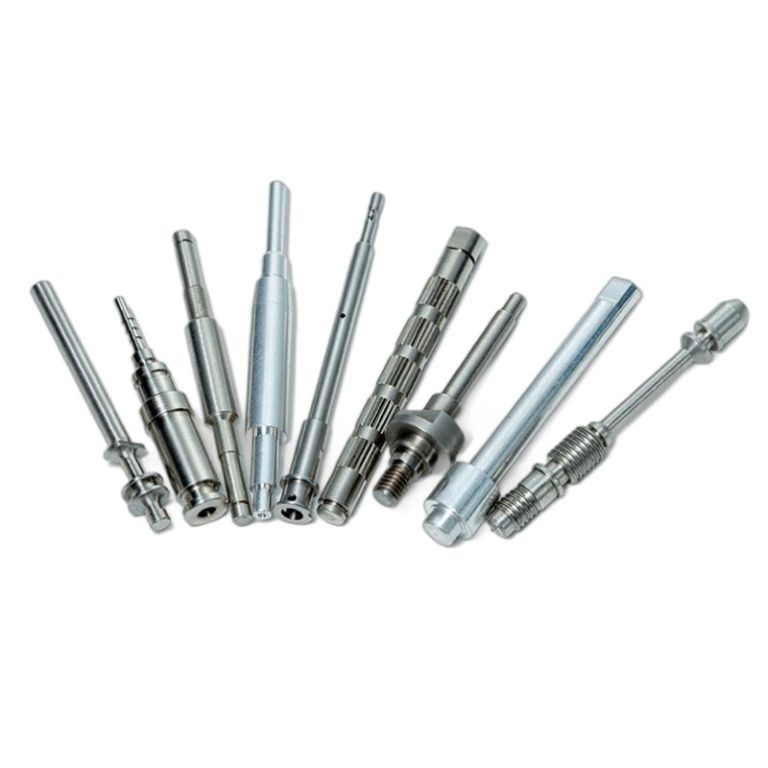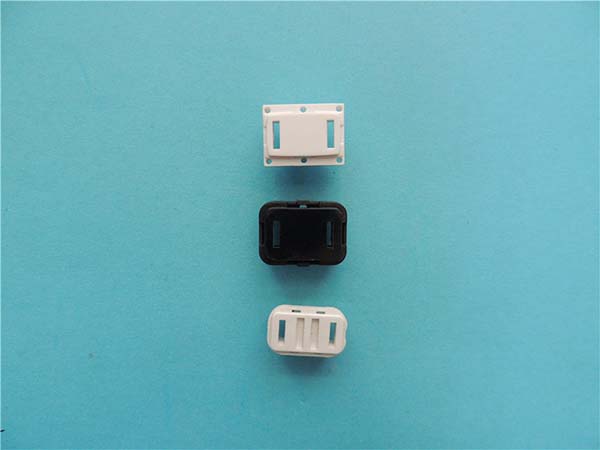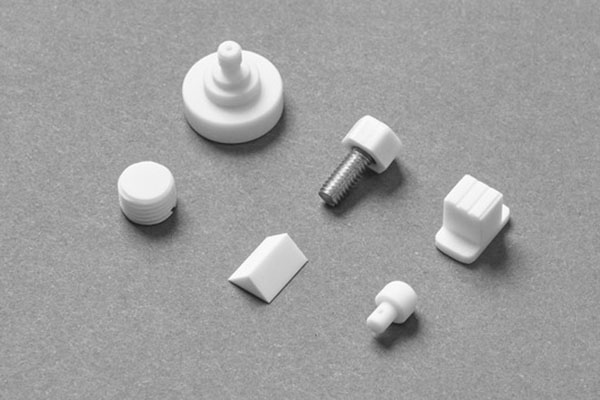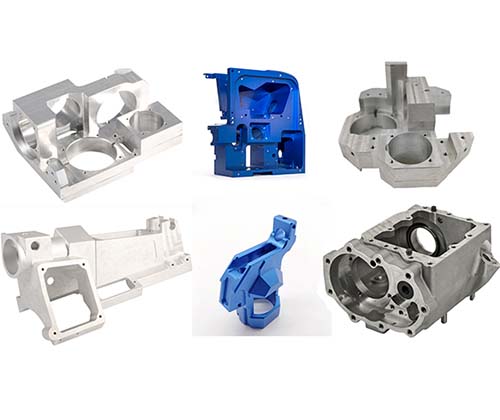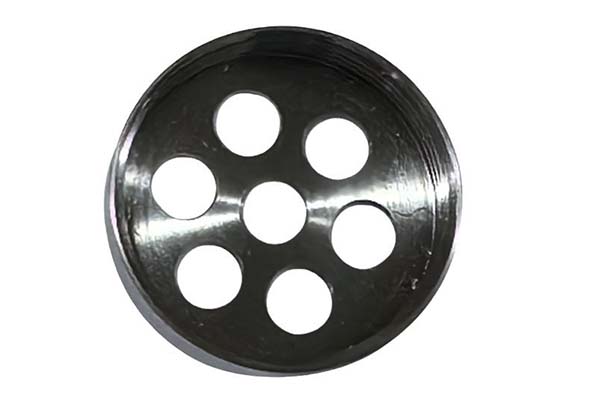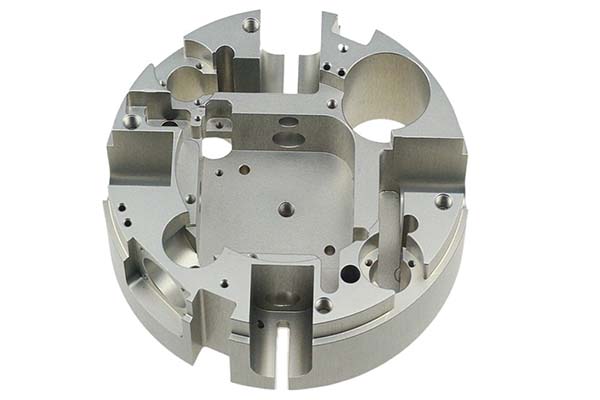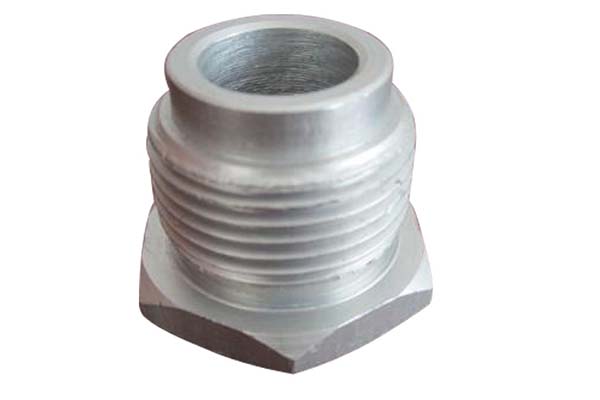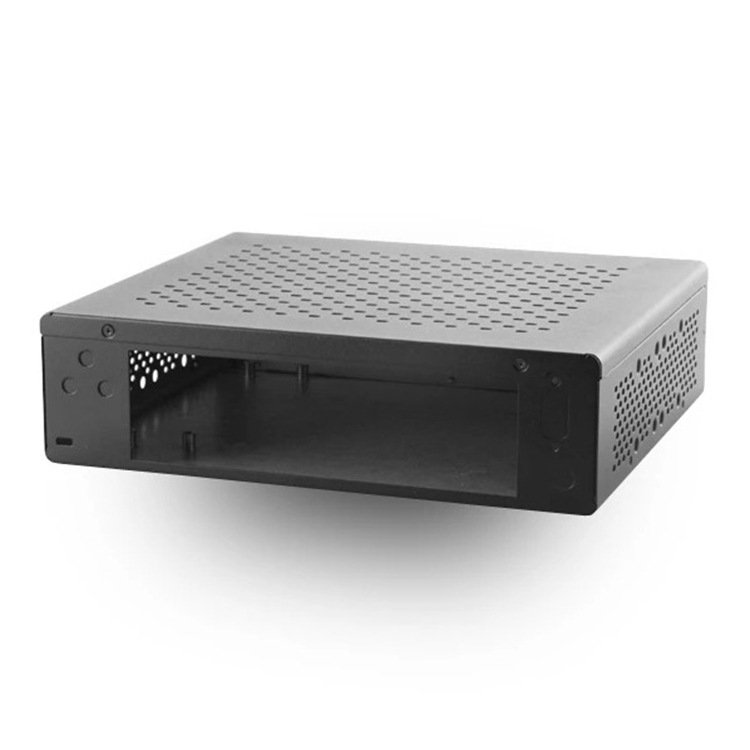Introduction to 3-Axis Machining
Definition and Overview
3-axis machining is a widely used CNC (Computer Numerical Control) machining process that utilizes a cutting tool to remove material from a workpiece. The machine moves the tool along three linear axes—X, Y, and Z—enabling the production of complex parts with high precision. The process is predominantly employed in milling operations, where the cutting tool rotates while moving along these axes to shape the workpiece.
3-axis machining is foundational in many industries, providing flexibility for creating intricate parts, precise components, and a broad array of shapes. Its ability to operate on multiple surfaces and reach deep contours makes it an essential tool in everything from prototype development to mass production.
History of 3-Axis Machining
The roots of 3-axis machining trace back to the mid-20th century, with the invention of CNC technology. The first numerically controlled (NC) machines emerged in the 1940s and 1950s, primarily for military applications like aircraft manufacturing. As computer technology advanced in the 1960s and 1970s, the process was refined, leading to the development of CNC milling machines capable of 3-axis movement.
Over the decades, these systems evolved from rudimentary machines into sophisticated tools that can handle a range of manufacturing processes. Today, 3-axis machining continues to be a staple in modern manufacturing due to its precision, speed, and versatility.
How 3-Axis Machining Works
The Role of CNC Machines
At the heart of 3-axis machining is the CNC machine, which automates the movement of the cutting tool. The machine is controlled by a program, typically written in G-code, which provides detailed instructions for each movement and operation. This program tells the machine where to move the tool along the X, Y, and Z axes, how fast to move, and the type of motion required (e.g., linear or rotational).
CNC systems convert these instructions into electrical signals that drive the motors, which control the movement of the machine. By precisely controlling the tool's path, CNC machines can execute complex cuts with high accuracy and repeatability, reducing human error and increasing efficiency.
Coordinate System and Movement
In 3-axis machining, the machine’s coordinate system consists of three axes of motion:
- X-axis: This is typically the horizontal movement left and right (width of the workpiece).
- Y-axis: This is the vertical movement (height of the workpiece).
- Z-axis: This represents the depth of movement, perpendicular to the surface of the workpiece (along the thickness).
These three axes allow the cutting tool to move in a three-dimensional space, enabling the creation of detailed geometries, contours, and surfaces that are essential in many engineering applications.
Components of a 3-Axis Machining Center
A 3-axis machining center generally includes several key components, each serving a vital function in the machining process:
- Machine Bed: The flat base on which the workpiece is mounted, providing stability during machining.
- Spindle: The rotating part of the machine that holds the cutting tool. The spindle's rotation enables the tool to cut into the material.
- Tool Changer: Some CNC machines are equipped with an automatic tool changer (ATC), which can swap tools during the machining process without human intervention.
- Control System: This is the brain of the CNC machine. It interprets the G-code program and sends commands to the motors, ensuring the correct movements of the tool and workpiece.
- Coolant System: During cutting, heat is generated and chips are produced. The coolant system sprays fluid to cool the cutting area and remove chips, ensuring optimal cutting conditions and tool life.
Applications of 3-Axis Machining
Aerospace and Automotive Industries
3-axis machining is heavily used in the aerospace and automotive industries, where high precision is critical. Components such as engine parts, gearboxes, turbine blades, and structural components often require tight tolerances that 3-axis machines can easily meet. The versatility of 3-axis machining allows manufacturers to create both simple and complex parts with great accuracy.
- Aerospace: Precision is crucial for components such as airframes, engine parts, and landing gears. The 3-axis process can handle these challenges by providing precise cuts and smooth finishes.
- Automotive: In automotive manufacturing, 3-axis machining is used to create parts like gearboxes, brackets, and other critical components. High production volumes and tight tolerances are essential in this sector, making CNC machining ideal.
Consumer Goods and Electronics
In the consumer goods and electronics sectors, 3-axis machining plays a vital role in producing components that demand precision, durability, and repeatability. Examples include:
- Smartphone casings: CNC machines are used to mill intricate designs in phone cases, ensuring tight dimensions and a flawless surface finish.
- Home appliances: 3-axis machining is employed to create parts like knobs, panels, and structural elements in appliances, ensuring functional and aesthetic quality.
Medical and Dental Devices
The medical and dental industries require precise, custom-made components for devices such as surgical instruments, implants, and prosthetics. 3-axis machining is a natural fit for these applications, enabling the production of parts with high dimensional accuracy and smooth finishes.
- Surgical Instruments: Components such as scalpel handles, surgical drills, and forceps require precision, which is achievable with 3-axis machining.
- Dental Implants: Custom-made implants and prosthetics can be fabricated using 3-axis machines to ensure they fit precisely with the patient's anatomy.
Advantages of 3-Axis Machining
Precision and Accuracy
One of the primary benefits of 3-axis machining is its ability to produce highly accurate and repeatable parts. CNC technology ensures that each part is manufactured to precise specifications, significantly reducing human error and variation. This is essential in industries where tight tolerances and consistent quality are critical.
Cost-Effectiveness for Small to Medium Production Runs
While 3-axis machining may not be as efficient for large-scale production as other methods (e.g., injection molding), it offers significant advantages for small to medium production runs. The setup time for a CNC machine is relatively quick, and automated processes reduce labor costs. Additionally, 3-axis machines can handle a wide range of materials, making them versatile and cost-effective for varied applications.
Comparison with Other Machining Processes
2-Axis vs. 3-Axis vs. 5-Axis Machining
- 2-Axis Machining: Involves movement along two axes (usually X and Y). It is simpler and more affordable but is limited to creating parts that have only two-dimensional shapes.
- 3-Axis Machining: Adds a third axis (Z), allowing for more complex geometries and deeper cuts. It offers a balance between capability and simplicity, making it suitable for many industries.
- 5-Axis Machining: Introduces two additional rotational axes, which allows the cutting tool to approach the part from multiple angles. This enables the production of highly complex parts with intricate geometries. However, 5-axis machines are more expensive and require greater expertise to operate.
Multi-Axis Machining Capabilities
While 3-axis machining is highly versatile, more complex parts may require multi-axis machines (such as 4-axis or 5-axis). These machines can rotate and tilt the workpiece or tool, providing greater flexibility for producing intricate designs or machining multiple sides of a part in one setup. While 5-axis machining is highly accurate and efficient for complex parts, it comes with a higher initial cost and more complex programming.
Case Studies and Real-World Examples
Successful Implementations
Many industries have successfully implemented 3-axis machining to improve efficiency and product quality. Here are a few examples:
- Aerospace Manufacturer: A company producing aerospace components may use 3-axis machining to fabricate turbine blades or brackets that require high precision. The use of CNC systems ensures that these parts meet strict industry standards for safety and performance.
- Automotive Manufacturer: An automotive company could use 3-axis machines to produce prototype parts or small batch runs for new vehicle models, ensuring that the components are both functional and meet design specifications.
Industry Benchmarks and Standards
In industries like aerospace, automotive, and medical device manufacturing, there are strict benchmarks and standards for precision and quality. These standards cover areas such as machine accuracy, surface finish, and tool life. For instance, aerospace components often need to meet specifications defined by the FAA (Federal Aviation Administration) or similar regulatory bodies. Adhering to these benchmarks ensures that parts are manufactured to the highest levels of quality and reliability.
FAQs
What is the difference between 2-axis and 3-axis machining?
- 2-Axis Machining: Only moves along two axes (typically X and Y), making it simpler and more affordable but limiting the types of parts it can produce.
- 3-Axis Machining: Adds the Z-axis for vertical movement, allowing for deeper cuts and the creation of more complex parts that would be difficult with 2-axis machines.
How does 3-axis machining compare to 5-axis machining?
While both 3-axis and 5-axis machining offer high precision, 5-axis machines can perform more complex operations, such as machining multiple sides of a part without needing to reposition it. This allows for better surface finishes and reduces the number of setups. However, 5-axis machining is more expensive and requires specialized programming knowledge.
What are some common applications of 3-axis machining?
3-axis machining is widely used in industries such as aerospace (engine components, airframes), automotive (brackets, structural components), consumer goods (smartphone casings, appliance parts), and medical devices (surgical instruments, implants). The ability to create complex shapes with high precision makes 3-axis machining versatile for a range of applications.
